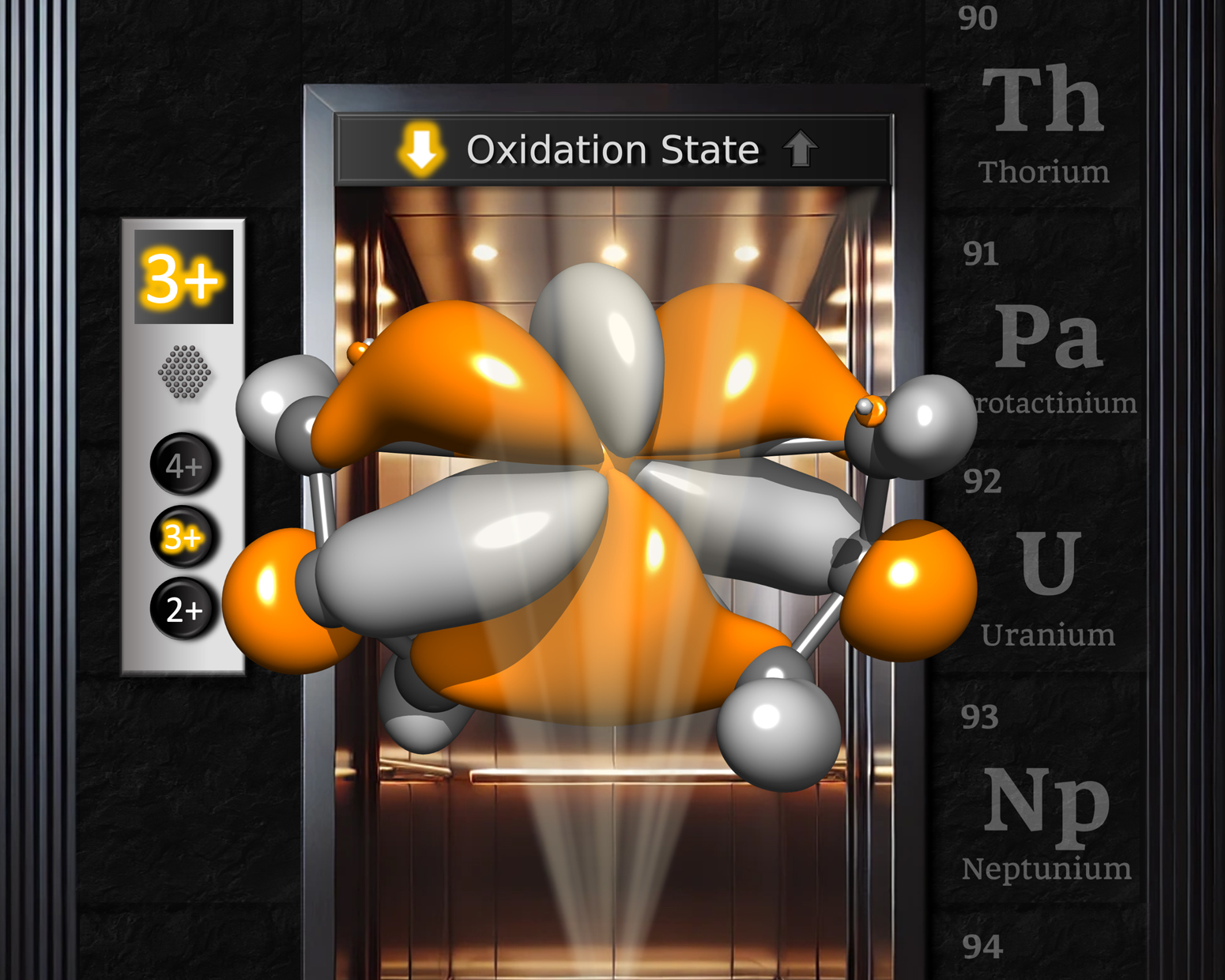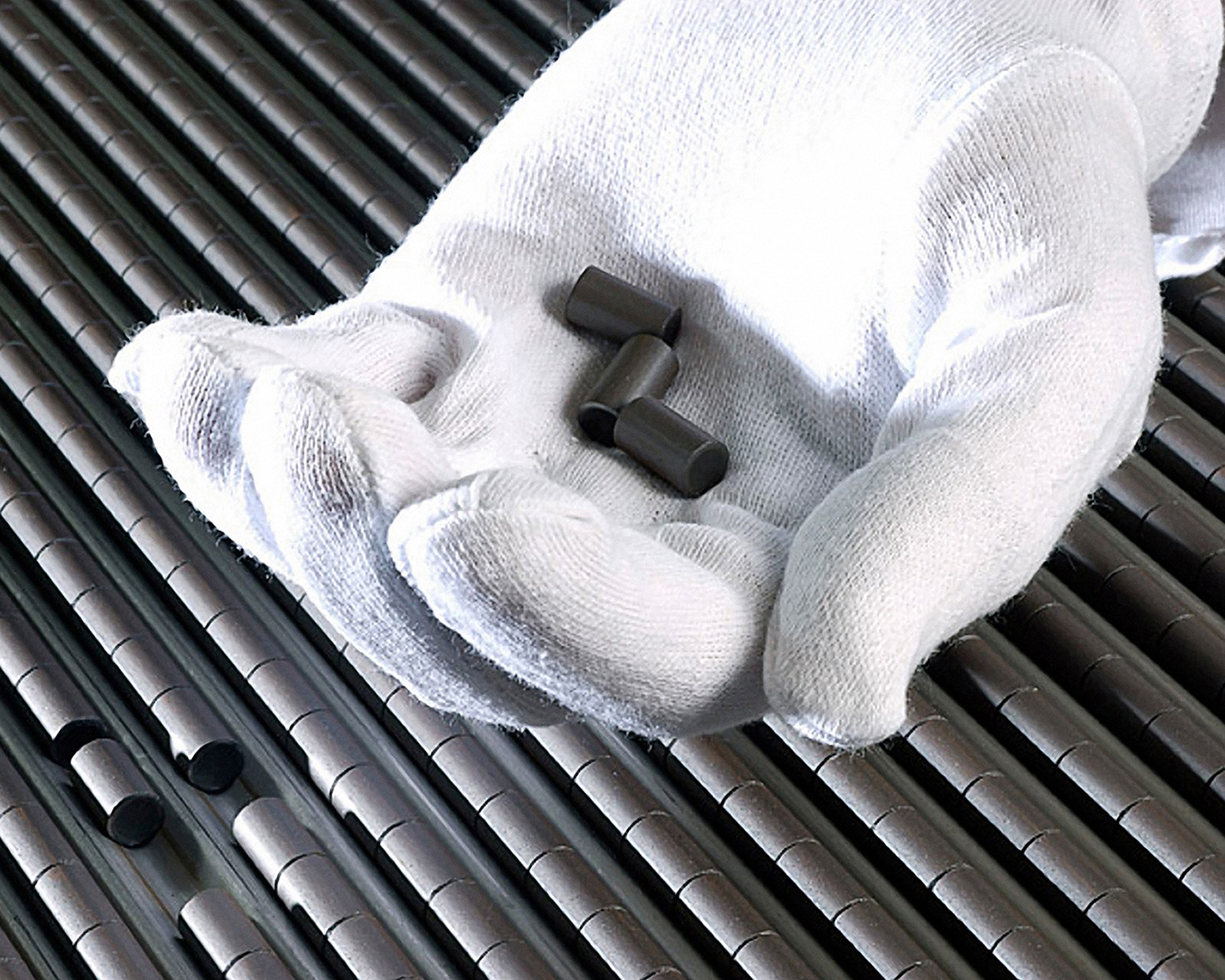Unprecedented actinide bonding revealed after scientists tune oxidation states
The ability to control chemical bonding is a new opportunity

Scientists at Los Alamos National Laboratory discovered that when they tuned the oxidation state in some actinide elements, which are among the heaviest and most radioactive on the periodic table, they could make the outermost electrons more “available” for chemical bonding. This resulted in stronger and more complex bonds, and, remarkably, the tuning enabled a reversal of the typical bonding process.
Instead of accepting electrons, the metal centers of the elements could donate electrons back to the molecule, a phenomenon known as “back-bonds.” The research revealed a new type of f-orbital interaction called the phi (φ) “head-to-head” back-bond.
In this interaction, the uniquely shaped actinide electron orbitals point directly at each other and overlap, allowing scientists to more precisely control their chemical behavior. This discovery reveals a new way to control chemical bonding and opens entirely new possibilities in both chemistry and technology.
Why this matters: Applications of this discovery could range from nuclear waste remediation — where radioactive elements can be separated from safer materials — to the potential use of f-element electrons in quantum computing to store and transfer information.
What they did:
- Scientists looked at several actinide elements, including uranium and protactinium, that attach to molecules called ligands, namely diallyl, cyclocumulene and cyclopropane — chosen because their shapes are a good match for these unusual bonds.
- By tweaking the actinide’s oxidation state, which made the metal’s atom orbitals gain or lose electrons, scientists watched how the bonds changed.
- When the orbitals spread out, they overlapped better with nearby atoms in a bond, changing how strong or what type of bond forms.
Funding: U.S. Department of Energy, Office of Science, Office of Basic Energy Sciences, Heavy Element Chemistry program; and the Glenn T. Seaborg Institute Postdoc Fellowship
LA-UR-25-27361





